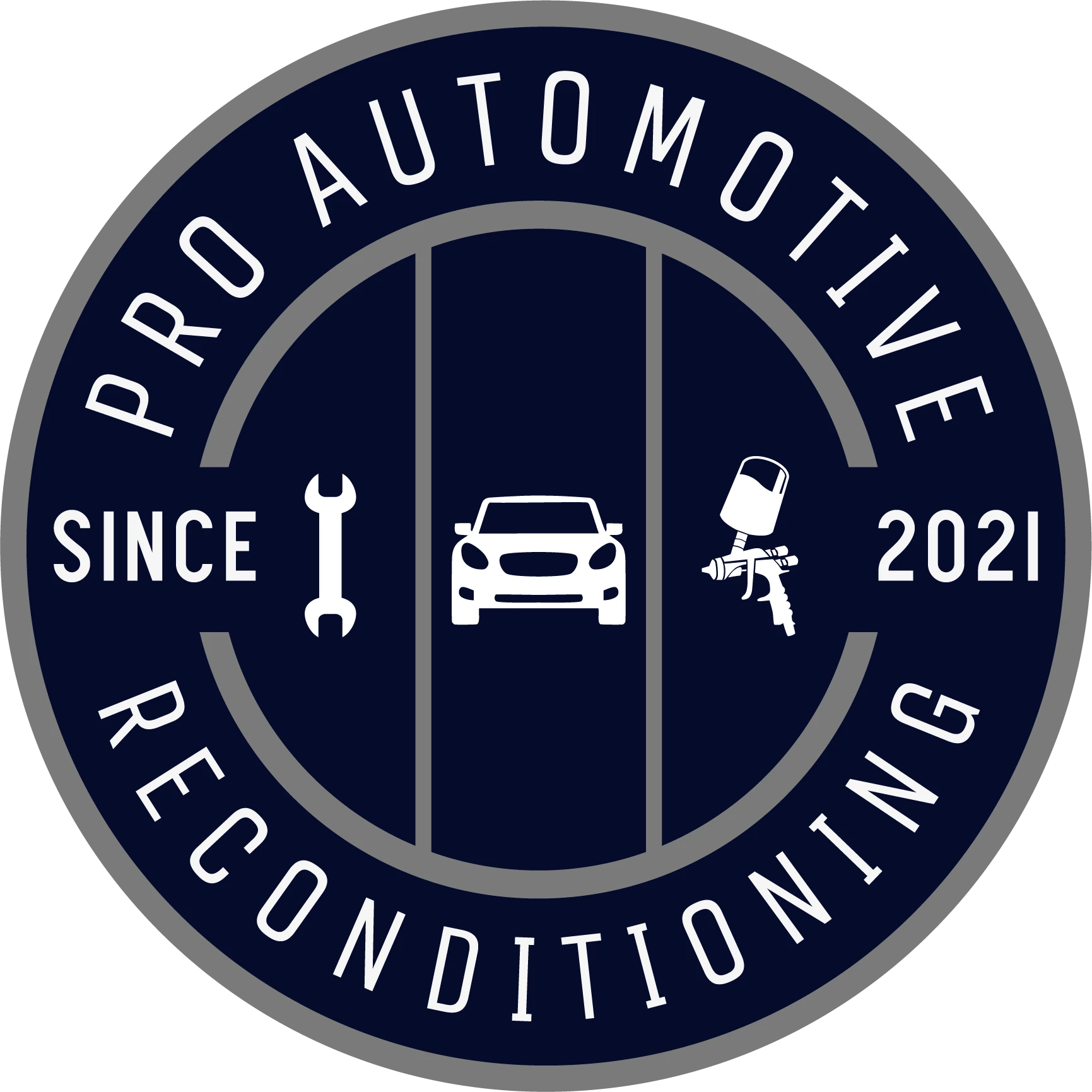AI-Driven Inspections in Vehicle Repair
- sberry55
- Nov 5
- 4 min read
Artificial intelligence is reshaping various industries, and the vehicle repair sector is no exception. With the advent of AI-driven inspections, automotive professionals can now identify repair needs and post-repair defects with unprecedented accuracy. This blog post will explore how AI is transforming vehicle inspections, the benefits it brings, and the challenges traditional repair shops face in adopting these cutting-edge solutions.
The Rise of AI in Vehicle Inspections
In a world where technology is advancing rapidly, it's crucial for vehicle repair shops to keep pace. AI has emerged as a game-changer in this domain. By integrating machine learning algorithms with computer vision, AI systems can analyze vehicle conditions more efficiently than ever before.

This technology is not only about diagnosing current issues but also predicting future breakdowns based on historical data. For instance, AI can identify patterns from accumulated data about vehicle performance, identifying the components that may fail and alerting technicians before a total breakdown occurs. This predictive maintenance can save both time and money for repair shops.
Benefits of AI-Driven Inspections
The incorporation of AI into vehicle inspections offers several notable benefits:
1. Enhanced Accuracy
One of the most significant advantages of AI is its ability to reduce human error. Traditional inspections can sometimes lead to missed issues or incorrect assessments due to fatigue, bias, or lack of experience. AI, on the other hand, analyzes vast amounts of data and inspections without being prone to those human limitations.
Statistics show that AI-driven inspections can achieve accuracy rates exceeding 95%. This ensures that all potential repair needs are captured and addressed, leading to higher customer satisfaction and lower return rates for fixes.

2. Speeding Up the Inspection Process
Speed is essential in the vehicle repair business. Customers expect quick service, and repair shops need to meet those expectations to remain competitive. AI accelerates the inspection process significantly, as it can conduct thorough evaluations in a fraction of the time that human inspectors require.
For example, while a manual inspection might take hours, an AI-driven system can complete the same assessment in less than 30 minutes. This efficiency not only improves turnaround times for services but also increases the number of inspections a shop can perform each day.
3. Higher Quality Repairs
With better accuracy and faster inspections, the quality of repairs is also improved. AI provides detailed insights and diagnostic reports, empowering technicians to make informed decisions based on empirical data. This leads to more effective repairs that address the underlying issues rather than merely the symptoms.
Moreover, by highlighting post-repair defects that may go unnoticed, AI ensures that shops deliver top-notch quality work consistently. Customers are more likely to return to a shop that they trust for reliable repairs.
Shaping the Future of Automotive Reconditioning
As AI technology continues to evolve, its influence on the automotive reconditioning landscape is profound. We are beginning to see AI not just as a tool, but as a pivotal element of the entire repair ecosystem. Shops that embrace these advanced systems will likely thrive in the future.
For example, AI can streamline inventory management, alerting shops to low stock of essential parts based on predictive analytics. This ensures that technicians have what they need on hand, preventing delays in servicing vehicles.

Additionally, the integration of AI with other technologies, such as augmented reality, allows technicians to visualize repairs in real-time, further enhancing the efficiency of the repair process.
Challenges in Adopting AI-Driven Solutions
Despite the clear advantages, there are obstacles for traditional repair shops when it comes to adopting AI-driven solutions. Common challenges include:
1. High Initial Investment
Implementing AI technologies can demand significant financial investment. For small to medium-sized repair shops, the cost of advanced software and training can appear daunting. However, it's essential to consider the long-term savings and revenue potential that efficient AI systems can generate.
2. Resistance to Change
Change often meets resistance, especially in traditional industries. Many technicians might be hesitant to adopt new protocols and software that seem complex. Training and transitioning to AI-driven inspections require a cultural shift within shops, and that can take time.
3. Data Privacy Concerns
AI systems rely on vast amounts of data to function efficiently. For repair shops, this raises concerns about customer privacy and data security. Adhering to legal standards and ensuring ethical handling of information is paramount in this digital age.
To overcome these challenges, repair shops must invest in education and foster a pro-technology culture. Partnering with AI solution providers can also help bridge gaps and facilitate smoother transitions.
Moving Forward with AI in Vehicle Repair
As we look to the future, it's clear that AI-driven inspections will only become more prevalent. The automotive repair industry stands on the cusp of a revolution: one that prioritizes precision, speed, and quality. Embracing these advanced systems is not just beneficial; it's imperative for shops aiming to stay competitive in a crowded marketplace.
The integration of AI offers a clear path forward. The advantages mentioned—accuracy, speed, and quality—are critical in enhancing customer satisfaction and loyalty. Traditional shops need to recognize this shift and consider how they can incorporate AI-driven solutions into their operations.
Ultimately, those who adapt and adopt will be the ones who thrive, ensuring that they provide service that not only meets but exceeds, customer expectations. Repair shops can position themselves not just as facilitators of repairs, but as leaders in a rapidly evolving technological landscape.
In an industry as dynamic as automotive repair, the future is undoubtedly AI-driven. Embracing this technology will define the next era of vehicle inspections and repairs.




Comments